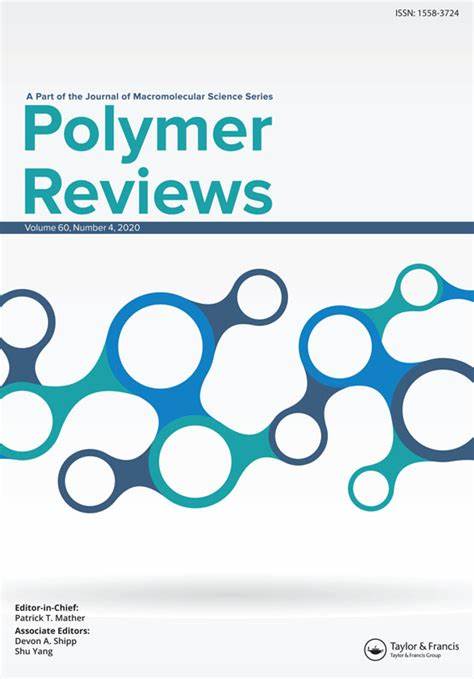Advances in the Application of Polymers of Intrinsic Microporosity in Liquid Separation and Purification: Membrane Separation and Adsorption Separation
IF 11.1
2区 化学
Q1 POLYMER SCIENCE
引用次数: 18
Abstract
Abstract Polymers of intrinsic microporosity (PIMs) are a new type of polymer material with unique microporous structure and have been widely applied in gas separation. In recent years, PIMs have also experienced rapid growth in liquid separation and purification; however, so far, no review is reported on the application of PIMs in this field. This paper reports a comprehensive and critical review on the recent research progress of PIMs in the application of liquid separation and purification including membrane separation and adsorption. First, the structural characteristics and synthesis methods of PIMs are briefly described. Subsequently, their applications in membrane separation are described in detail, including pervaporation (removal of organics from water, dehydration of solvents, and separation of organic mixtures), nanofiltration (dye rejection), and adsorption (dyes, organic contaminants, metal ions, oil/water separation, and enantiomeric separation). The effect of material structure and modification on the separation performance is emphasized, and possible new research directions are mentioned. Finally, the application of PIMs in liquid separation and purification is prospected. In conclusion, PIMs exhibit excellent separation efficiency and stable operation characteristics in liquid separation and purification, and they have attractive and broad development prospects. More valuable applications remain to be developed.固有微孔聚合物在液体分离纯化中的应用进展:膜分离和吸附分离
摘要本征微孔聚合物(PIMs)是一种具有独特微孔结构的新型高分子材料,在气体分离领域有着广泛的应用。近年来,pim在液体分离和纯化方面也有快速增长;然而,迄今为止,还没有关于pim在这一领域应用的综述报道。本文综述了近年来PIMs在液体分离纯化(包括膜分离和吸附)方面的研究进展。首先,简要介绍了pim的结构特点和合成方法。随后,详细描述了它们在膜分离中的应用,包括渗透蒸发(从水中去除有机物,溶剂脱水和有机混合物的分离),纳滤(染料排斥)和吸附(染料,有机污染物,金属离子,油水分离和对映体分离)。强调了材料结构和改性对分离性能的影响,并提出了可能的新研究方向。最后对pim在液体分离纯化中的应用进行了展望。综上所述,pim在液体分离纯化中表现出优异的分离效率和稳定的运行特性,具有诱人而广阔的发展前景。更多有价值的应用仍有待开发。
本文章由计算机程序翻译,如有差异,请以英文原文为准。
求助全文
约1分钟内获得全文
求助全文
来源期刊

Polymer Reviews
工程技术-高分子科学
CiteScore
24.80
自引率
0.80%
发文量
21
审稿时长
6 months
期刊介绍:
Polymer Reviews is a reputable publication that focuses on timely issues within the field of macromolecular science and engineering. The journal features high-quality reviews that have been specifically curated by experts in the field. Topics of particular importance include biomedical applications, organic electronics and photonics, nanostructures, micro- and nano-fabrication, biological molecules (such as DNA, proteins, and carbohydrates), polymers for renewable energy and environmental applications, and interdisciplinary intersections involving polymers.
The articles in Polymer Reviews fall into two main categories. Some articles offer comprehensive and expansive overviews of a particular subject, while others zero in on the author's own research and situate it within the broader scientific landscape. In both types of articles, the aim is to provide readers with valuable insights and advancements in the field of macromolecular science and engineering.
 求助内容:
求助内容: 应助结果提醒方式:
应助结果提醒方式:


